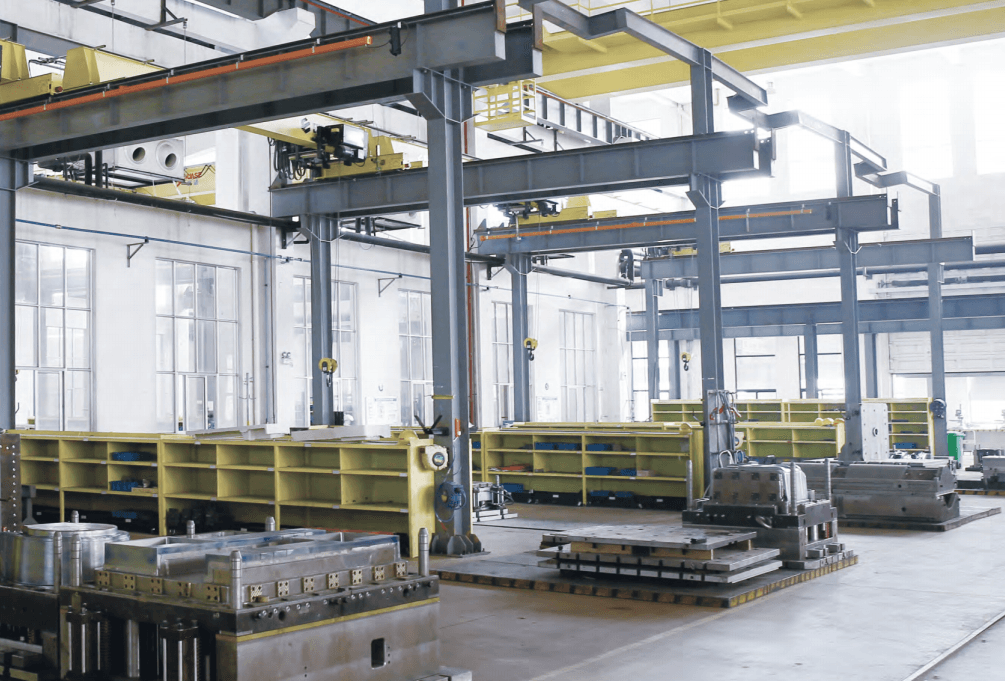What is the difference between bulk molding compound and sheet molding compound?
- Suase /
- SUASE NEWS
Bulk Molding Compound (BMC) and Sheet Molding Compound (SMC) are both composite materials widely used in the manufacturing industry, particularly in the production of molded components for various applications. While these materials share some similarities, they also exhibit distinct differences in terms of composition, processing methods, and application areas.

Composition:
One of the primary differences between BMC and SMC lies in their compositions. BMC is a mixture of thermosetting resin, chopped glass fibers, mineral fillers, and various additives. This combination results in a dough-like consistency that is well-suited for compression molding processes. On the other hand, SMC consists of similar constituents but is typically formulated with a higher percentage of glass fibers, making it a thicker and more rigid sheet-like material.
Processing Methods:
The processing methods for BMC and SMC also differ. BMC is commonly processed through compression molding, where the material is placed into a mold cavity and subjected to heat and pressure until it cures and solidifies into the desired shape. This method is suitable for producing intricate and detailed parts with high dimensional accuracy. SMC, on the other hand, is processed through compression molding or injection molding. The sheet form allows for large, flat components to be manufactured efficiently, making it ideal for applications such as automotive body panels.

Application Areas:
Both BMC and SMC find applications in a variety of industries, including automotive, electrical, and construction. However, their specific attributes make them better suited for different purposes. BMC's moldability and detailed molding capabilities make it suitable for intricate components in electrical applications, such as switchgear and insulators. SMC's strength and rigidity, coupled with its ability to cover large surface areas, make it a preferred choice for automotive exterior components like hoods, fenders, and bumpers.
Performance Characteristics:
When it comes to performance characteristics, BMC and SMC exhibit variations in mechanical properties. SMC, with its higher glass fiber content, generally offers superior strength, stiffness, and impact resistance compared to BMC. This makes SMC a preferred choice for structural components that require high performance and durability.

Conclusion:
In summary, while Bulk Molding Compound (BMC) and Sheet Molding Compound (SMC) share common elements in their compositions, their distinct characteristics make them suitable for different applications within the manufacturing industry. BMC's moldability and intricate molding capabilities make it ideal for electrical components, whereas SMC's strength and rigidity make it a preferred choice for large, flat automotive components. Understanding the differences between these materials allows manufacturers to make informed decisions based on the specific requirements of their intended applications.
